I'm trying to use NLTK, the stanford natural language toolkit. After install the required files, I start to execute the demo code: http://www.nltk.org/index.html
>>> import nltk
>>> sentence = """At eight o'clock on Thursday morning
... Arthur didn't feel very good."""
>>> tokens = nltk.word_tokenize(sentence)
>>> tokens
['At', 'eight', "o'clock", 'on', 'Thursday', 'morning',
'Arthur', 'did', "n't", 'feel', 'very', 'good', '.']
>>> tagged = nltk.pos_tag(tokens)
>>> tagged[0:6]
[('At', 'IN'), ('eight', 'CD'), ("o'clock", 'JJ'), ('on', 'IN'),
('Thursday', 'NNP'), ('morning', 'NN')]
>>> entities = nltk.chunk.ne_chunk(tagged)
>>> entities
Then I get message:
LookupError:
===========================================================================
NLTK was unable to find the gs file!
Use software specific configuration paramaters or set the PATH environment variable.
I tried google, but there's no one tell what the missing gs file is.

